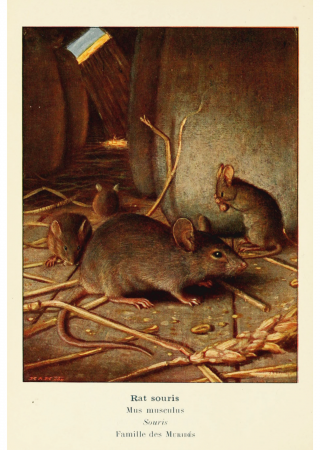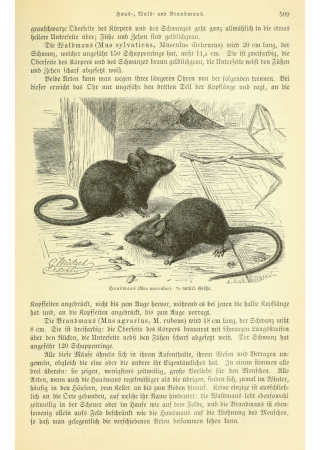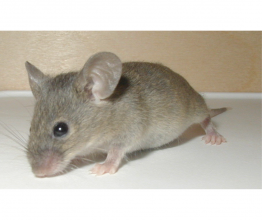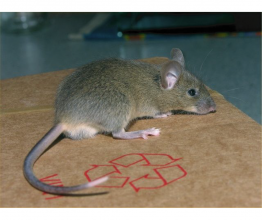House Mouse
- …after humans, the house mouse is the most widespread mammal on the planet?
- …thanks to simple care requirements and rapid breeding, mice are used as model organisms?
- …the house mouse comes from Asia, from where, probably travelling with grain shipments, it has spread all over the world?
- …mice can jump up to thirty centimeters?
- …mice communicate among each other through the use of various pheromones and other scents?
- …male mice can produce ultrasound whistles, with which they react to female pheromones?
- …house mice are quite varied in color and tail length?
Mice are small rodents, active primarily at night. They have very sensitive hearing, sense of smell and sight. They eat almost everything they come across, food scraps, various insects, grain and even soap. They are found in nature as well as human dwellings, and move often. Besides the damage to food stocks, mice are unpleasant in that they leave their urine and droppings everywhere. They are also dangerous carriers of disease and parasites. They build nests under floors or in attics, and line them with paper, rags, leaves and similar materials. Mice breed very quickly; females can have up to twelve young, five to ten times per year. Gestation is approximately 20 days. The young are ready to leave the nest in another 20 days, and become sexually mature within their first year. In captivity they can live up to four years. They have many natural predators, like carnivores, snakes and birds.




